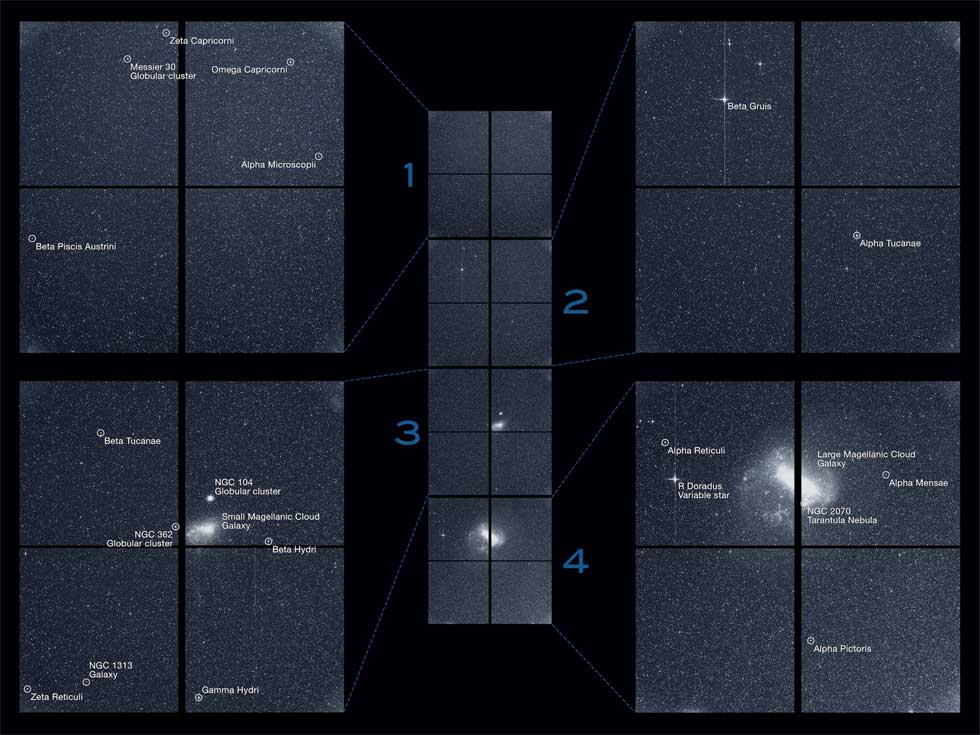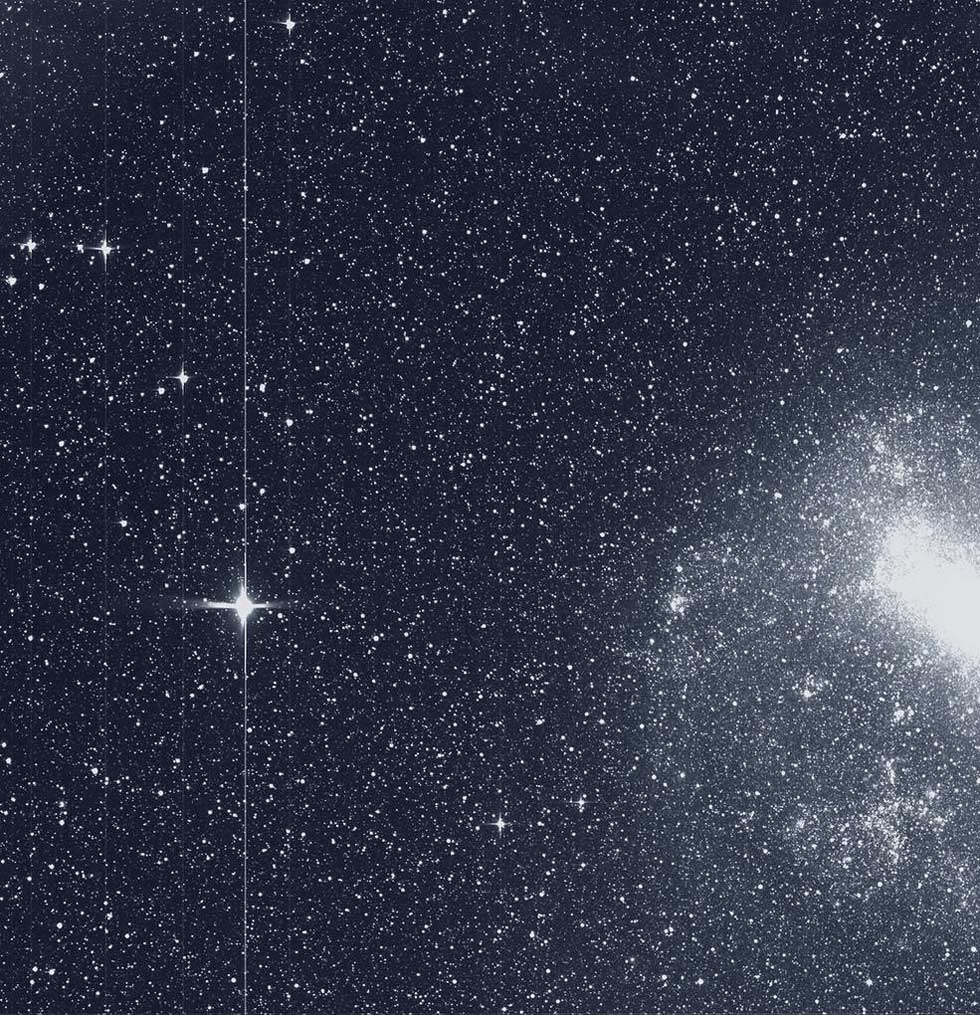NASA TESS Shares First Science Photograph
NASA has a new planet-hunting tool in orbit called Transiting Exoplanet Survey Satellite or TESS. TESS is in orbit specifically to search for new worlds beyond our solar system or exoplanets. The satellite has completed its first orbit and part of the data from that first orbit includes this detailed image of the southern sky taken with the quartet of wide-field cameras TESS fields.
This image is the "first light" science image and captures a huge number of stars and other objects in the image. Some of the systems in this image are already known to have exoplanets in them. TESS snapped the picture over a 30-minute period on Tuesday, August 7. The faint black lines in the image are gaps between the camera detectors.
The image includes parts of a dozen constellations according to NASA running the gamut from Capricornus to Pictor. There are also parts of the Large and Small Magellanic Clouds, which are the two galaxies closest to ours. NASA notes that the small, bright dot above the Small Magellanic Cloud is a globular cluster, which is a spherical collection of hundreds of thousands of stars called NGC 104.
The long spikes you see in the image are caused by a pair of stars called Beta Gruis and R Doradus that are so bright they saturate an entire column of pixels. NASA plans for TESS to spend two years monitoring 26 sectors of the sky for 27 days each. That will allow it to cover 85% of the sky.
The first year of operations will have TESS studying 13 sectors of the southern sky. TESS is picking up the exoplanet-hunting mantle from Kepler and is targeting stars much brighter than Kepler investigated. Details of how TESS scans the sky are offered in the video above.
SOURCE: NASA


